‘‘Do you have any personal goals?’’
– ‘‘We should push past our limits.’’ – Margarita Mamun
Over the Limit is a feature-length documentary by Marta Prus. It follows Russian gymnast Margarita (‘Rita’) Mamun as she undergoes training in the run up to the Olympics.
Rita’s mixture of humanity and toughness makes her a worthy subject. And she needs to be tough; throughout the film she endures a barrage of criticism from her two coaches, Amina Zaripova and Irina Viner. Zaripova functions both as coach and touchy-feely surrogate mother. This dual role means that her harsh comments sting Rita more than Viner’s permanent stream of insults. The feedback she receives on her performance alternates between affection and aggression (a classic dynamic of emotional abuse) – but, as we can see by Russia’s dominance in the sport, it’s a system that works. This mindset also challenges the notion that sport and health are linked: ‘there’s no such thing as healthy professional athletes’, Amina claims as she talks to Margarita about an injury.
We see Irina Viner as an outrageous and glamorous Disney villain of a coach as she strolls about the gym. Peering over the brim of her hat, she brings to mind a regal, bejewelled mole. You almost can’t see her beneath the costume: big dark sunglasses, hats, pearl earrings, necklaces, a fur shawl. She’s married to one of the richest men in Russia and is owner of the team, but the film doesn’t tell us this. She is also immensely successful at her job, having a near-perfect record of Olympic success. This reputation means she is under pressure to keep winning. Irina’s manner provides some moments of humour. She can be unintentionally comic; her facial expressions are gold. While watching, I felt an urge to make a compilation of all her ‘best bits’. Lines include, ‘go fuck yourself with your shaking’ and this exchange:
Amina: ‘When I’m annoyed, I’m very annoyed. Now I’m calm.’
Irina: ‘This type of calm is called rage’.
Just before the Olympics, Irina can’t be there in person to coach Rita, so she finds herself ‘alone’ with Zaripova. She’s practising her routine with the ribbons. Then we hear a voice barking instructions and Irina’s head appears on a giant screen. Of course she would never miss such an important training session. ‘This is your final practice’, she reminds her. For all of her larger-than-life qualities, it’s important to note that she does have passion and taste. Her astute insights often strike right at the heart of the problem.
Another fact not mentioned onscreen is that Amina Zaripova was once coached by Irina Viner. It perhaps explains their complex dynamic. This is the story behind what we see. The conflict between Irina and Amina is the most unexpected element of the story and it also provides moments of humour. Their bickering continues throughout the film. ‘These black knickers are awful. Amina, how’s this possible?’ Irina snaps. Later in the film, she walks away muttering ‘Losers, both of you’.
In contrast to the duelling coaches, there is very little outward rivalry between Margarita and Yana Kudryavtseva, fellow gymnast on the Russian team. They instead have a camaraderie forged through their shared experience. When we meet her in the film, Yana is the favoured gymnast who outperforms Rita with a sleek, fluid routine. Despite being compared unfavourably to Yana, Margarita pushes on with her rhythmic gymnastics training, where she perfects routines that, to the untrained eye, already appear flawless. It is an exacting discipline. At other times she is quick to admit failure: ‘it annoys me when she says I do it out of spite. Why would I? I just fail’. The oversized stack of trophies in Rita’s Moscow apartment certainly don’t suggest failure. Considering how far she’s come as an elite gymnast, her competitive side doesn’t show itself very often. She insists that she has a right to be emotional, saying ‘I am human’. ‘You’re not a human being, you’re an athlete’, comes the reply, perhaps the most memorable line in the film. Viner believes that she’s not a fighter. She asks ‘why the hell do we need her here?’ Zaripova fires back with ‘she’s a different type of fighter’.
If winning is not at the forefront of her mind, it is understandable. Midway through the film we learn that her father is dying from cancer. She anxiously takes phone calls during breaks in training, but she can’t do anything to help and is always far away. ‘As if practice sessions were the most important thing’. Amid all of the struggle, there are moments of joy. She runs laughing with friends on the beach. She is seen talking to her boyfriend (not in person of course, she’s far too busy for that.) She’s speaking to him through a computer screen while on a treadmill. Later, she meets him before the Rio Olympics (he is also an athlete) and her tired face softens and glows with love.
Prus’s documentary has a narrow focus. We are not given much context. Its slimness mirrors the insularity of Margarita’s life as a gymnast, her singular purpose. It’s almost a POV. The filmmaker wanted the piece to concentrate on a person and her journey, not necessarily on showcasing the sport. Routines are shown here, they’re just sidelined against the bigger human drama. Marta Prus also shows a great deal of respect for gymnastics and gymnasts. This shines through in artful shots which suggest the transcendence, rather than the mundanity, of gymnastics. Rhythmic gymnastics is arguably the most artistic of all the sports, or the most competitive of the arts.
And then the big day finally arrives. The choice to have the ending not show her Olympic routine feels a bit deflating. To build up to this moment and then not show it robs the viewer of some sense of closure. This feeling is alleviated by three panels of text at the end which explain the outcome of Margarita’s story. Each one feels like a punch.

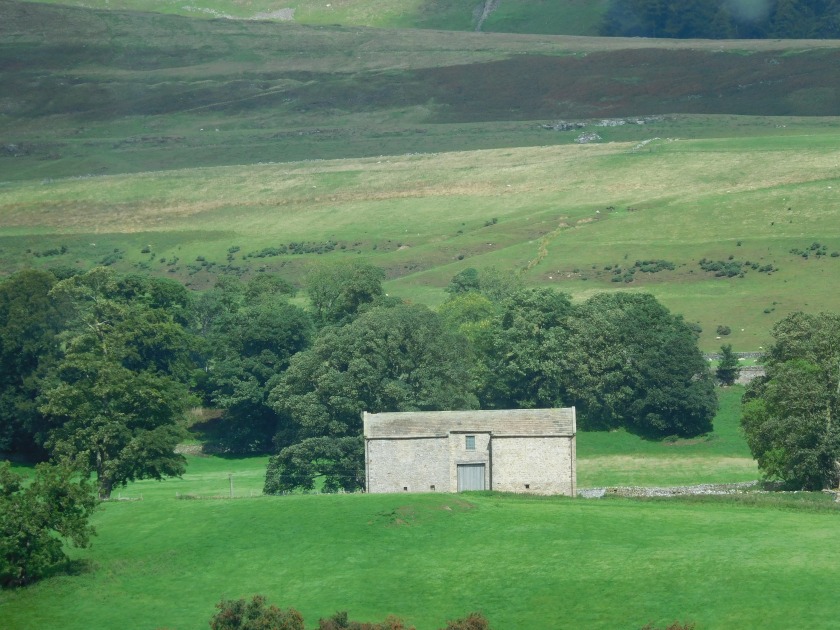
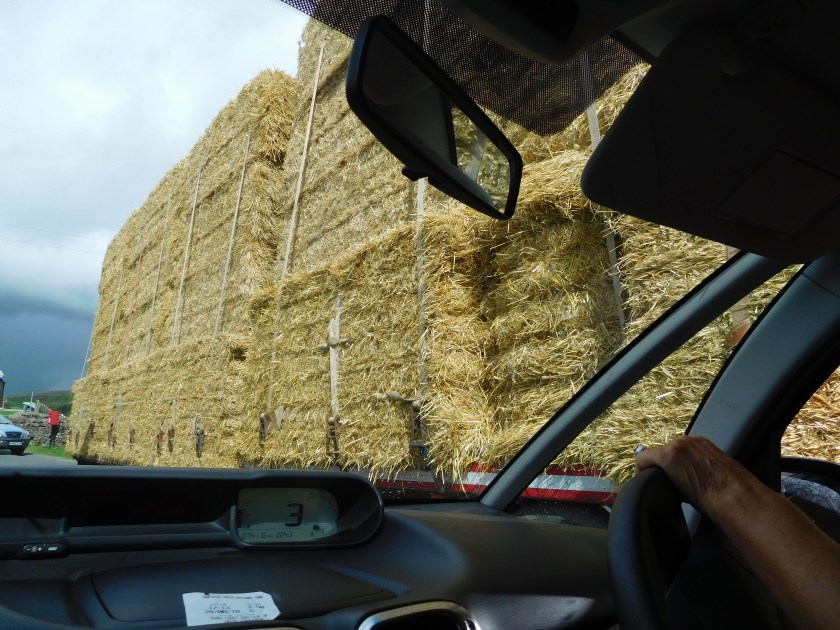 Encounter with the bales.
Encounter with the bales.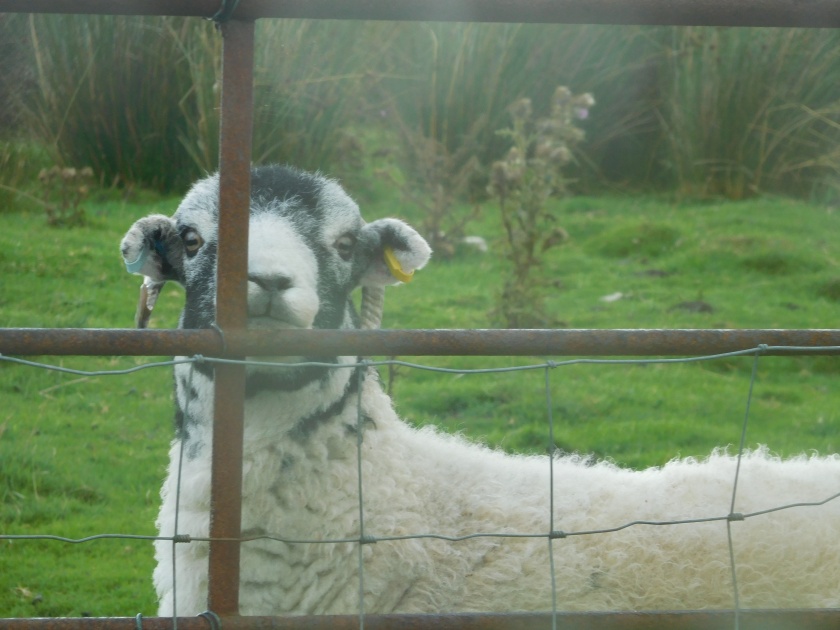 Curious
Curious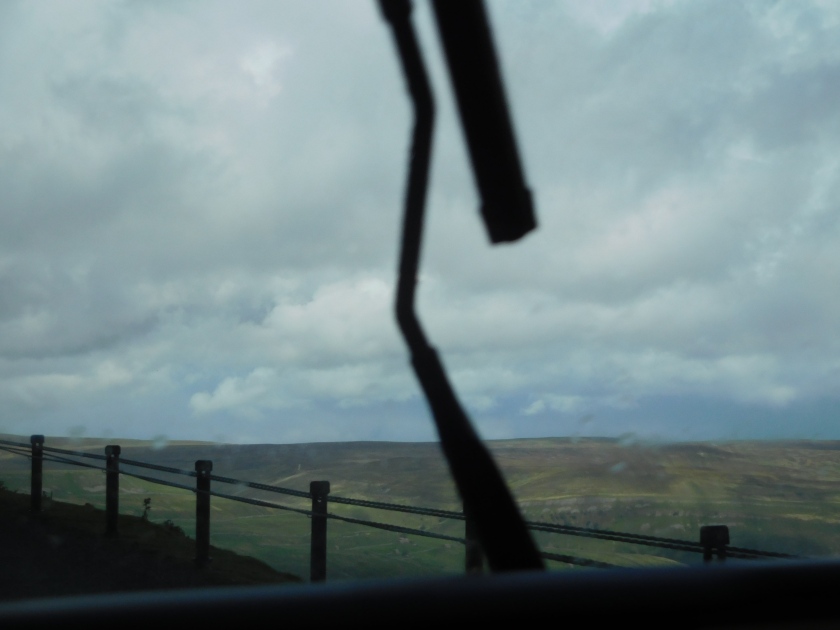 The edge that my aunt nearly drove off.
The edge that my aunt nearly drove off.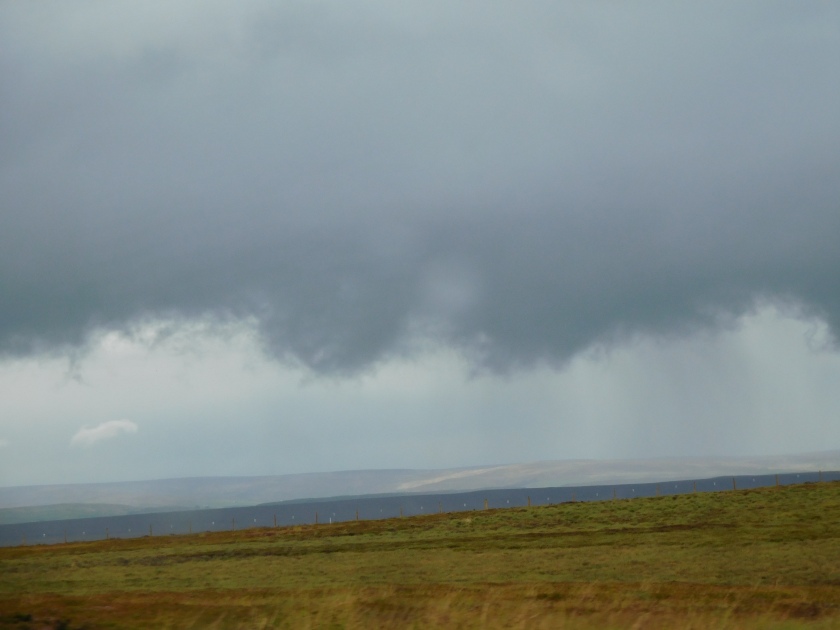 Big cloud
Big cloud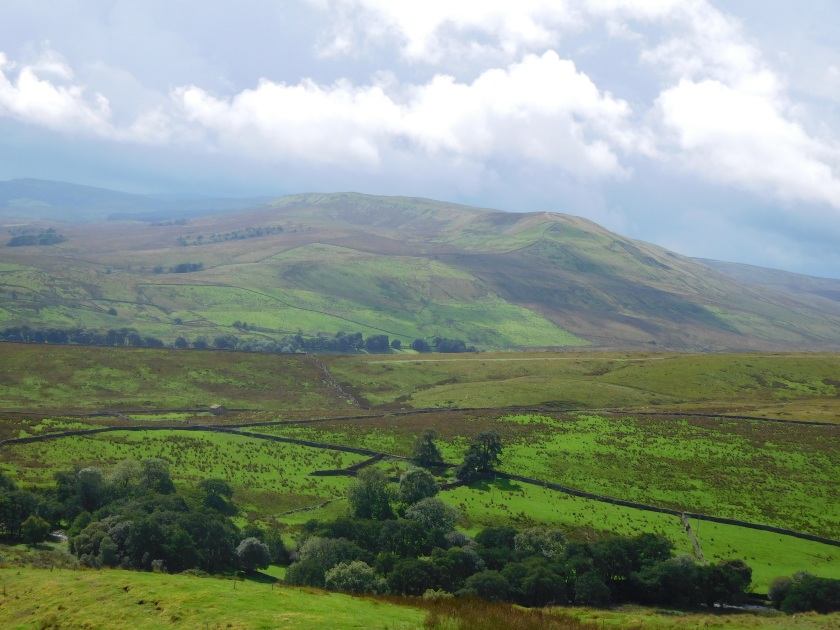 Very green hills
Very green hills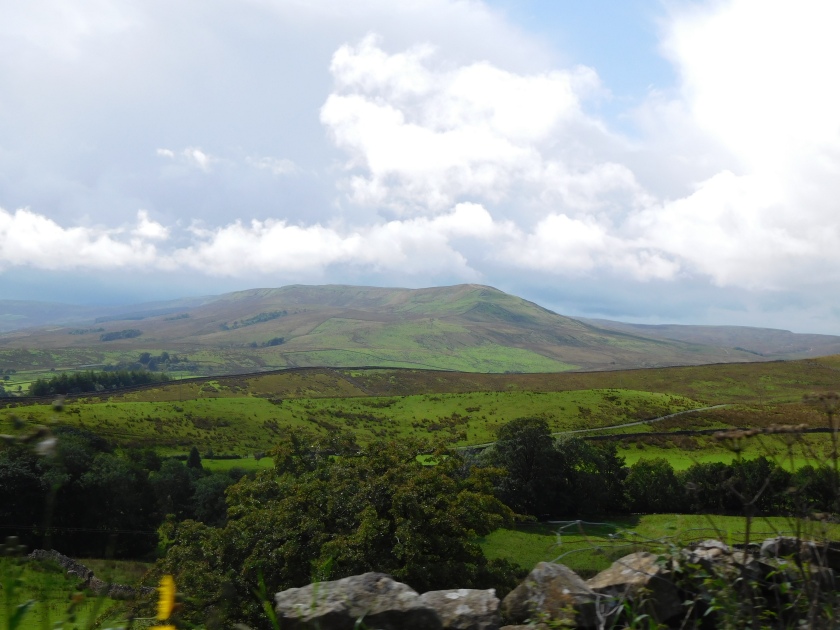 More green hills.
More green hills.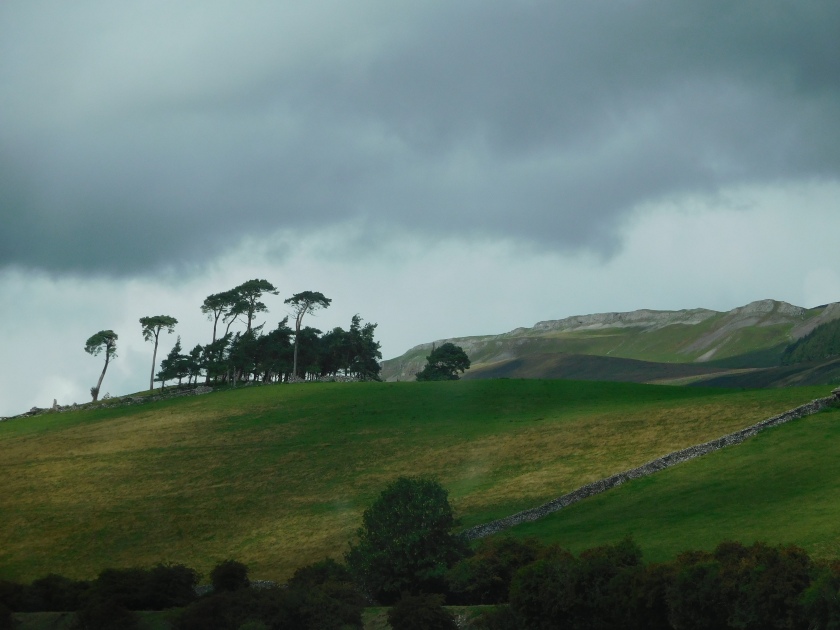 We saw these unusual trees.
We saw these unusual trees.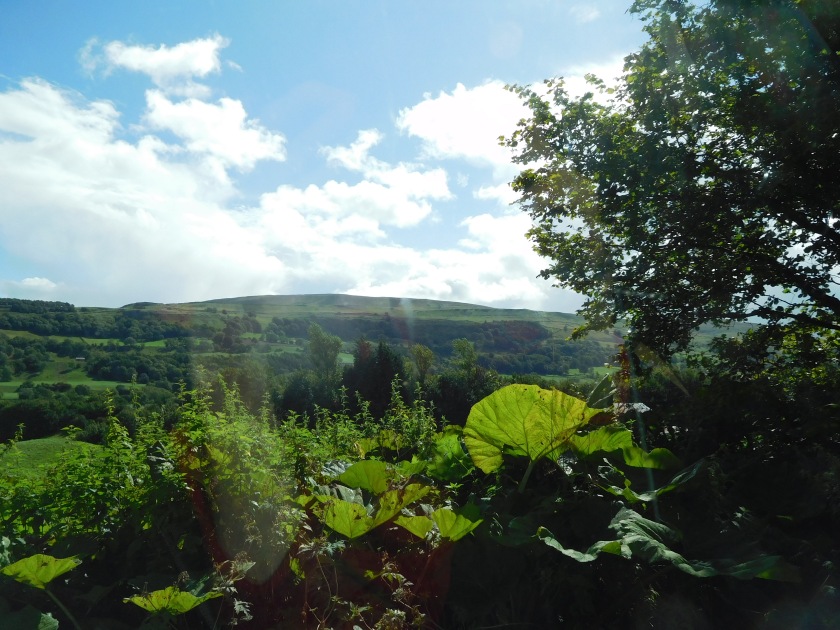 Assorted greenery through the car window.
Assorted greenery through the car window.